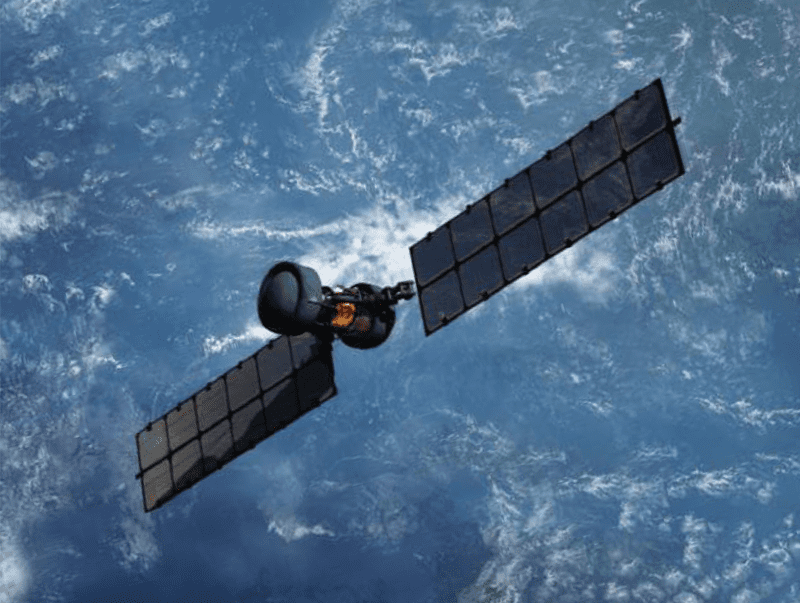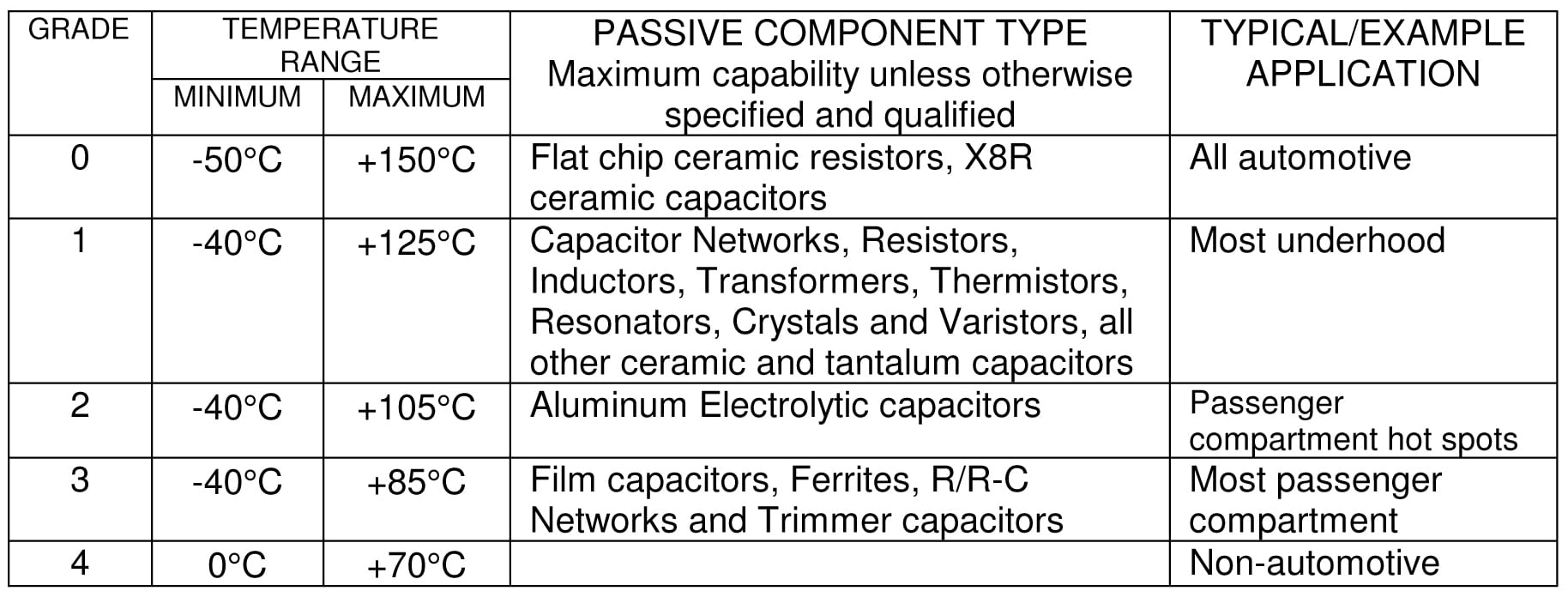 The number of options that can be specified for high reliability electronic components can feel overwhelming at first glance.
The number of options that can be specified for high reliability electronic components can feel overwhelming at first glance.
This is especially true when some degree of overlapping or mirroring is evident from one product / part qualification to another.
With a further ability to specify additional screening and testing it becomes a complex task to ensure the right quality level is purchased. The intended application and attitude to risk based on potential failure is a good starting point to determine the reliability of the components to be used throughout the system.
The DMTL team believe a specialist distributor is the best supply partner for High Reliability Electronic Components. Overall reliability is a vital need in military systems, it forms a basis to reduce costs and also to ensure equipment is ready and operational in the field.
Applications for the use of High Reliability Components include anything from static ground applications – e.g. test equipment, support equipment, etc through to flight in Deep Space. For the purpose of this article we will categorise a High Reliability Electronic Component as above Commercial-off-the-shelf (COTS) & Industrial Grade i.e. a standard catalogue component which is intended for general usage.
Commercial Grade
A commercial grade electronic component is manufactured to datasheet specifications only. A large amount of flexibility surrounds the design, materials, processes and testing. The electronic component manufacturer is therefore without restriction and is able to change the fundamentals of the electronic component, to suit internal / external commercial and technical objectives.
Qualification or testing requirements tend not to be mandatory, components are designed and manufactured for the best performance, cost or a ratio of both.
Automotive Grade
AEC-Q200 is a Stress Test Qualification for Passive Components, it has been defined by the Automotive Electronics Council (AEC).
For a manufacturer to state their passive Electronic Component is AEC-Q200 qualified, the product must be tested and the results logged, as outlined in the qualification document. These tests are performed at different temperatures and dependent on the ability of the passive component to pass or fail at a particular temperature will result in a grading between Grade 0 -> Grade 4. These grades correspond with different automotive applications from Non-Automotive to All Automotive.
Unless changes are made to either the product or process no further testing is required to supply AEC-Q200 qualified passive Electronic Components.

Source – AEC-Q200 REV D Stress Test Qualification for Passive Components
COTS-Plus
The product is designed and manufactured to commercial standards, the production batch is then up-screened typically with testing in “accordance” to a particular MIL-PRF specification, it may also include known methods specific to the manufacturer resulting in an increased reliability versus the commercial rating, this allows the user to calculate expected failure rates of the particular passive component.
The Infant mortality rate is reduced leading to a much higher reliability component compared to the standard commercial grade option.
To further increase reliability and depending on the passive component technology, possibilities include the ability to specify reliability grading, surge current & group testing.
IECQ-CECC
CECC qualified components were, historically, the preference of European companies designing products for an intended use in Hi-Rel markets i.e. aerospace or military for use on land, sea and airborne applications. It was common for multiple manufacturers to provide parts to a particular CECC specification therefore providing consistent quality and performance specifications. In today’s market, many passive component manufacturers have decided that the reduction in business they once enjoyed no longer supports the costs incurred to supply this standard, we therefore see multiple manufacturers listed for a particular CECC spec or, only one.
Product qualification is granted within the IECQ-CECC system when the manufacturer can demonstrate an electronic component or range of components meets the specification, routine periodic testing is then required of the component, for example: Visual, Dimensions, Value, Destructive Physical analysis, Solderability. Further to this, a rolling test program is mandatory including tests as: High Temperature Exposure, Temperature Cycling, Operational Life, Thermal Shock, etc.
For a manufacturer to maintain IECQ-CECC facility accreditation, periodic audits of the manufacturers quality management systems are required by an independent certification body.
Furthermore, CECC parts can only be sold and released by authorised distributors which the manufacturers appoints, therefore, a listing as a franchised source for the manufacturer is not enough to supply CECC released products. Only distributors who are appointed by the manufacturer and audited to the referenced CECC specification can sell and release the product to CECC.
MIL-PRF
MIL-PRF was developed and is maintained by the United States Military. It is a performance specification which details the functional requirements, allowing the user to obtain predictable quality levels for the component they are considering.
For a manufacturer to state they offer a MIL-PRF approved product ,they must be listed on the QPL (Qualified Product List), which requires approval of the manufacturers QA (Quality Assurance) program, extensive documentation is mandatory to prove each part will be manufactured identically, therefore the design is strictly controlled and certain changes must be qualified and submitted to the DLA (Defense Logistics Agency) for approval, lot basis testing is mandatory for the manufacturer to maintain qualification.
With a MIL-PRF Passive Electronic Component, depending on the type of component selected, the environment and intended use, the user selects a failure product level or failure rate level which is acceptable for the program, these include:
Exponential FRL % per 1,000 hours
M = 1.0%
P = 0.1%
R & U = 0.01%
S & V = 0.001% – space
Weibull FRL % per 1,000 hours
A = non ER (Established Reliability)
B = (0.1%
C = (0.01%
D = (0.001%
T = (0.01%*) – space
* includes additional mandatory testing and inspection.
An additional test normally specified when high reliability customers are looking to use Solid Tantalum capacitors in their designs is surge current screening. Solid Tantalum capacitors are subjected to a peak current charge, this is to remove parts which may fail on start-up, this screening option includes:
Solid Tantalum capacitors
A =10 cycles, +25°C
B =10 cycles, -55°C & +85°C
C =10 cycles, -55°C & +85°C before Weibull
Z = None required
DLA Land and Maritime, DESC, and DSCC drawings
Drawings are intended for use when military QPL (Qualified Product List) products are not available or will not adequately perform the required function of the application. They also help to facilitate in reducing duplication of documentation. To be eligible for a manufacturer to list as an approved source of supply against the drawing, it is normally stipulated that manufacturer is listed on the QPL or has agreed on an inspection program to the referenced MIL-PRF and is detailed in the scope of the drawing.
Part must be purchased to DSCC part numbers to assure that all performance requirements and tests are met.
ESCC QPL
The ESCC QPL (European Space Components Coordination, Qualified Parts List) makes available space components which have been fully evaluated, qualified and maintained with regards to the required standards for use in European Member states space programs. This allows Passive Electronic Components to be purchased from a list of Qualified Component types and Manufacturers to a detailed specification, this strictly controls the design, process control, inspection and documentation.
To further ensure the assurance of the product depending on the technology, additional testing can be stipulated via the part number or on the purchase order, examples included LVT (Lot Validation Testing) and LAT (Lot Acceptance Test)
EPPL
The EPPL (European Preferred Part List) serves the purpose of providing users with component availability suitable for use in space missions but which are not fully space qualified and do not appear on ESCC QPL.
Summary
As the reliability of the passive electronic component increases, the availability from a range point of view i.e. value, case-size, voltage, etc decreases exponentially and a lack of availability from stock or lead time increases exponentially!
This can create major challenges when looking to produce units at every stage from initial concept through to the final build.
Another aspect which requires careful consideration is cost. Like availability, cost is also severely impacted as reliability increases .
Unfortunately many manufacturers and distributors operating in high reliability markets don’t fully understand the importance of accurately stating a passive electronic components qualification status, or in some instances purposely use deceptive marketing language to provide an impression that a component is more reliable than it actually is and charging a cost premium for essentially a commercial grade product.
For over 30 years, DMTL have worked closely with trusted manufacturers who offer products which are qualified to various levels. We are able to work with these manufacturers not only to ensure the correct product is selected and supplied with the necessary paperwork, but also ensuring availability and cost requirements are fully adhered to throughout the entire program.
